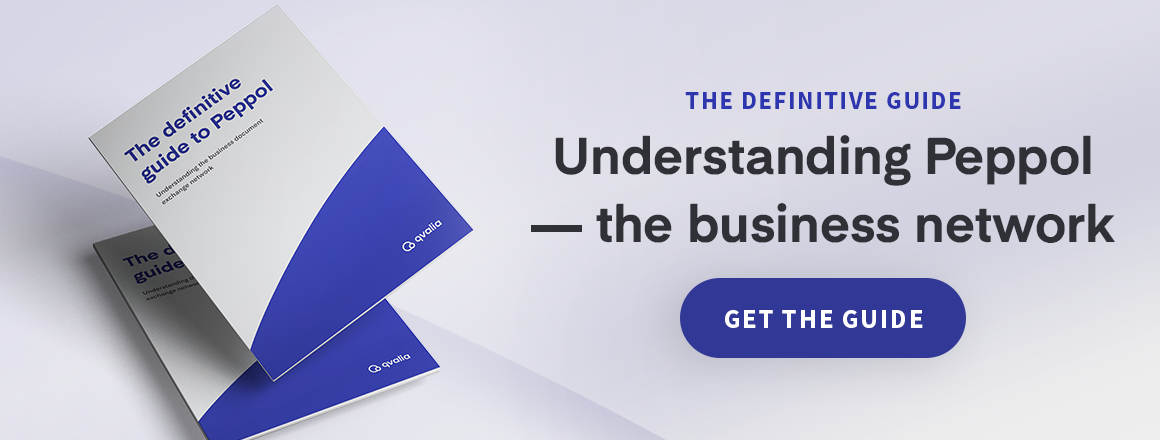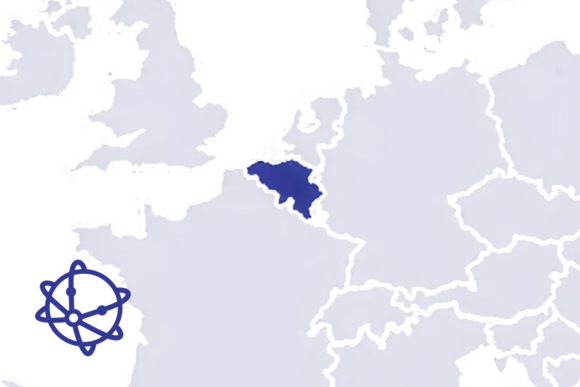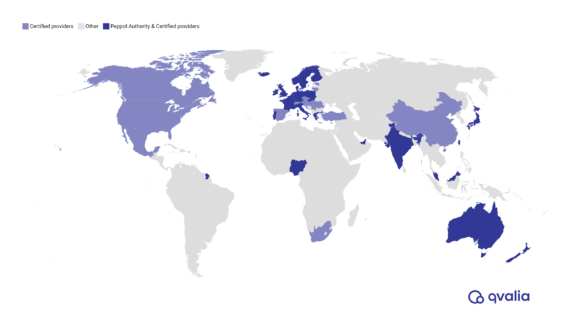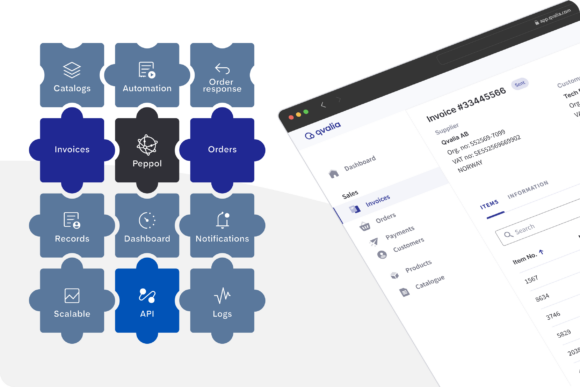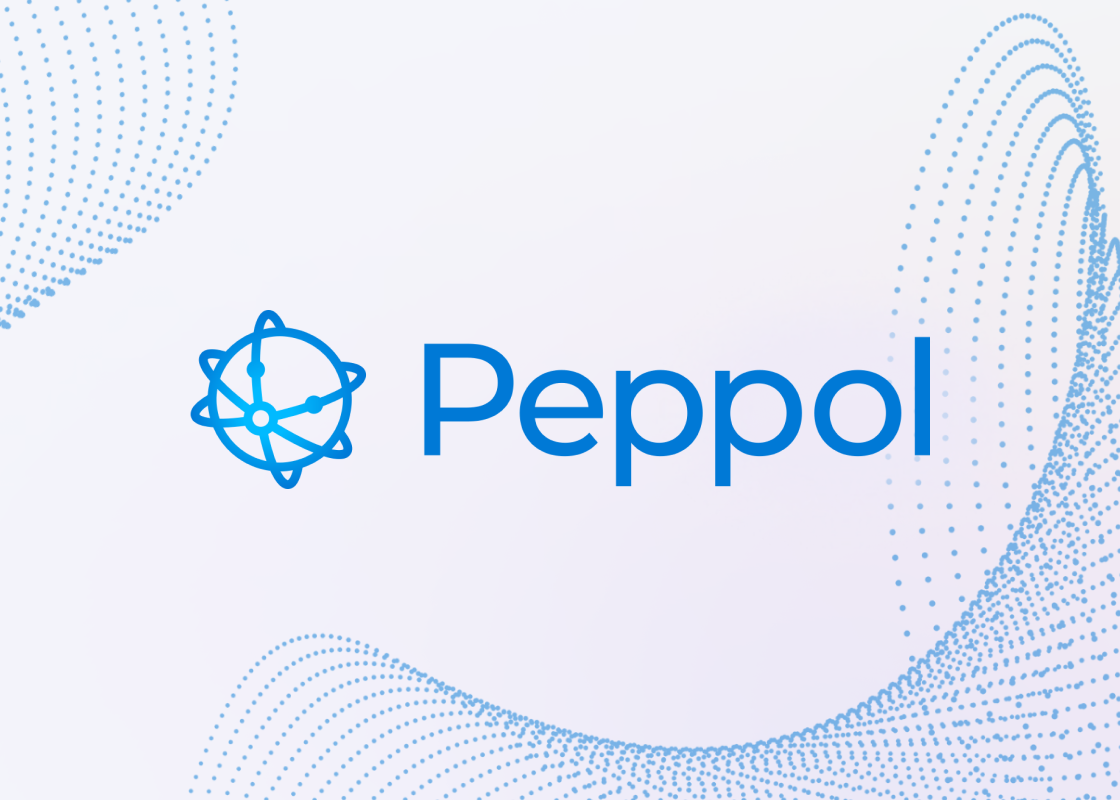
Communication is key in almost everything we do. When individuals and groups need to work together, getting everyone on the same page is always the first step to moving forward. This fact rings true especially when it comes to business-to-business transactions.
Buying and selling between companies today involves digital communication through sending back and forth invoices and messages. These documents are ideally in the electronic data interchange (EDI) format, which turns standard invoices into structured e-invoices where the data is easily readable and processed.
But the emerging Peppol network promises even more, compared to the traditional VAN service provider network, as it unlocks a standardized and easy-to-use business exchange for financial teams, e-commerce and procurement, that spreads even across borders.
What does the Peppol network offer?
The Pan-European Public Procurement On-Line, shortened to Peppol, is a secure international communication system for businesses and tax authorities to communicate through electronic documents and messaging networks. It’s maintained by the non-profit OpenPeppol organization.
It’s currently mainly popular in Europe and increasinlgy in the Asian regions, though more countries are adding themselves continuously. The appeal of the network is that it makes procurement and digital commerce consistent no matter where the buyers and sellers are located:
- All documents are in the same agreed-upon format.
- A central directory is available to find the entities you need quickly.
- Procedures for e-invoicing and conducting transactions are consistent everywhere.
Before Peppol, finance specialists and procurement struggled with different standards across various countries, industries, and individual companies. But while it’s clear why such a network came about, how exactly was it developed?
What’s the history of Peppol?
Under the supervision of the European Commission, the initial phases of Peppol started around 2008 when the need for simpler electronic procurement across borders became clear.
Businesses needed a more efficient and cost-effective way to communicate transactions with both each other and government bodies. They also benefited from an agreed-upon format for all e-invoice documents and similar e-procurement procedures to make the entire experience more consistent.
As the Peppol project began picking up steam around the European region, the OpenPeppol Association was formed on the 1st of September 2012. The Peppol consortium was also formed from 17 leading agencies across 11 countries.
What technologies and concepts were developed under OpenPeppol?
The Peppol network today runs on variety of messages that evolved over the years. One of the most impactful ones was the use of Peppol access points to help businesses connect more smoothly.
Another is the development of Business Interoperability Specifications, or BIS. These parameters dictate the consistent format of digital documents like:
- e-invoices
- e-orders
- e-catalogs
Thanks to these developments, the decision was made in 2019 to rebrand the network into its acronym, “Peppol.” This change was meant to reflect how Peppol expanded its reach by removing the terms “public procurement” and “Pan-European” from the title, as it was no longer exclusively for those purposes.
How is the OpenPeppol organization structured?
OpenPeppol is actually divided up into multiple strategic governance bodies, which include:
- General Assembly as the chief decision-maker
- Election Committee for validating election candidates and results
- Managing Committee which contains a Secretary General and other members to oversee the organization’s activities.
- Coordinating Bodies to help the different parts of the organization to work together
- Communities for stakeholders and domains
How did the network evolve?
The corner models are an excellent way to understand the natural progression of EDI.
Two corners
In the beginning, companies would simply contact each other much like modem users in the era before the internet. A B2B transaction would involve sharing EDI e-invoices directly between two parties. The major limitation here is that businesses must set up their own in-house communication, and scaling up this network becomes extremely expensive the more connections a company has.
Three corners
A three-corner model is similar to talking with a friend on Teams. You and the other party communicate by using a service provider (in this case, Teams) as the middleman. It’s more flexible than the two-corner model, but it requires that both you and your other party use the same service provider.
The issue here is the lack of interoperability, which becomes magnified when we consider the large networks businesses often have and the number of international contacts making it far less likely that two organizations share a service provider.
The present four-corner model
Peppol today has evolved to use the four-corner model. There are four main entities acting here in order to share e-procurement information.
- A sender
- The Peppol access point that serves the sender
- A recipient
- The Peppol access point that serves the recipient
The sender consults with its access point to generate a message that aligns with Peppol’s document formatting requirements. The two access points pass the message, and the recipient receives it in the end.
The advantages of the four-corner model negates the need for common service providers, and the businesses only need the Peppol ID of the other party to make contact.
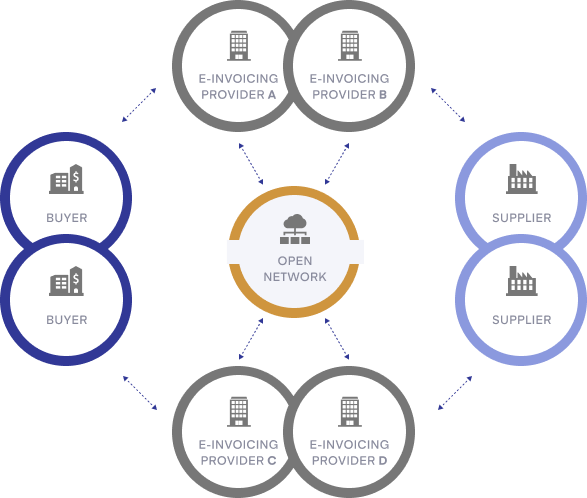
The emerging five-corner model
Peppol is already being used throughout 78 countries around the world, and it’s still growing. New technologies are already being added, the most interesting, and potentially disrupting, is the integration of a government tax authority into the network, culminating in the formation of the five-corner model.
Peppol is already being used throughout 78 countries around the world, and it’s still growing. New technologies are already being added, the most interesting, and potentially disrupting, is the integration of a government tax authority into the network, culminating in the formation of the five-corner model.
The fifth corner is the central tax platform where tax authorities can require real-time validation of transactions to prevent for example VAT fraud. We’ll likely see a larger adoption rate in the future for Peppol as a result.
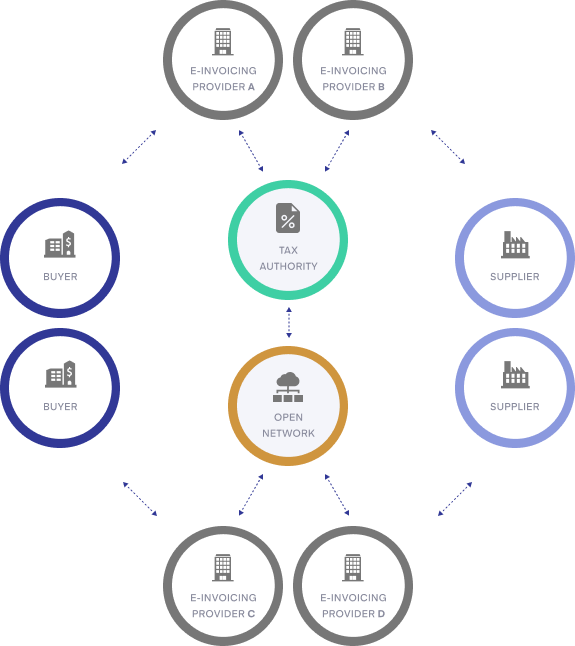
Get started with Peppol
If you want the benefits of a more consistent and tightly-knit network for international B2B e-commerce, it’s about time to start working with automated financial managers with explicit features designed towards the needs of Peppol.
Book a demo today and see how our smart Peppol access point integration helps your businesses accelerate the transition to Peppol or download our free guide to Peppol for a more extensive introduction.
